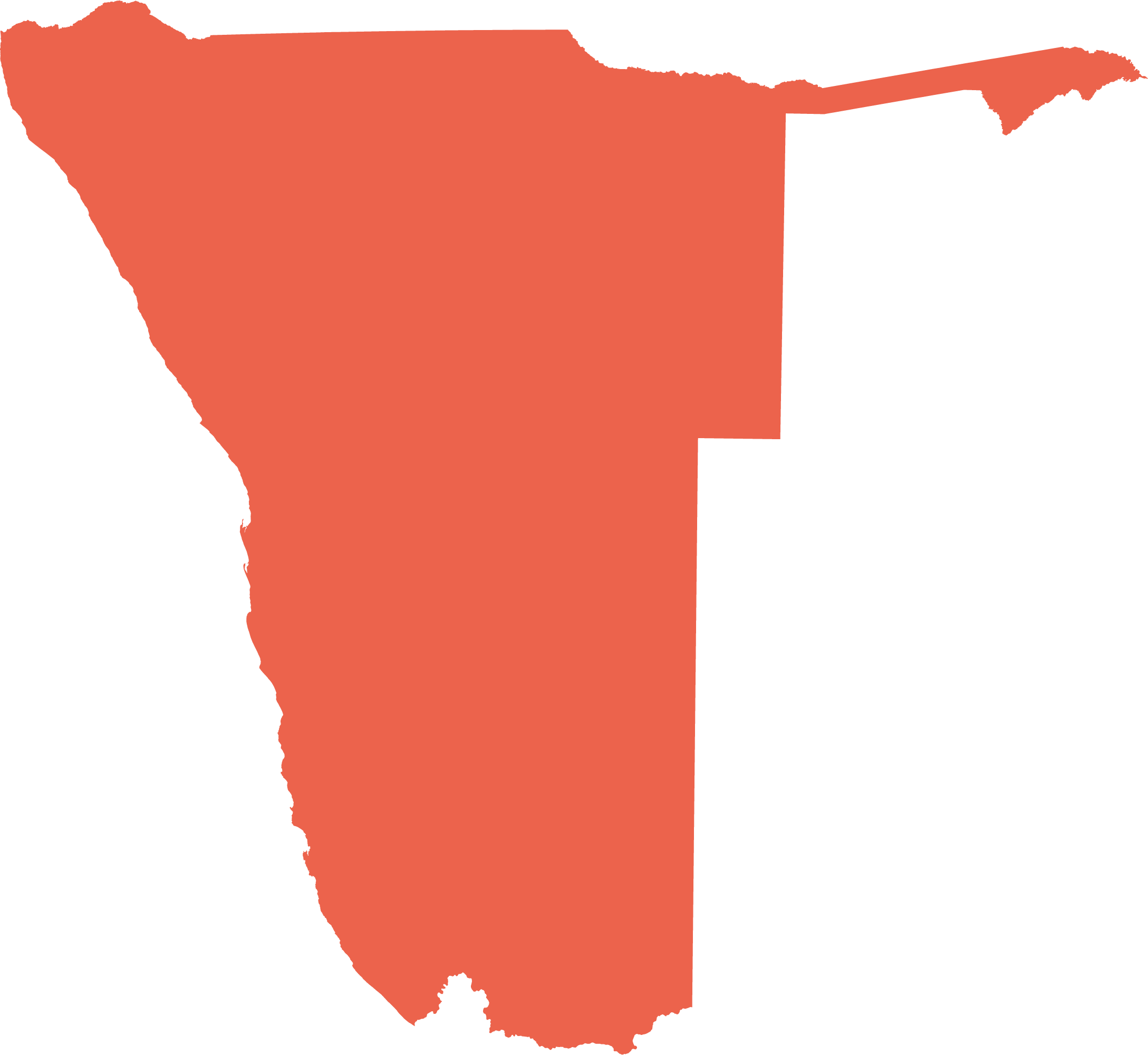Namibia's informal economy
Banks, including the central Bank of Namibia and the World Bank, and other institutions, such as the Ministry of Finance, Economics Association of Namibia, the Namibia Statistics Agency, compile, analyse and report reams of information on Namibia's formal economy: inflation, employment, foreign exchange rates and reserves, gross domestic product and Gini coefficient), among other economic indicators. This is valuable. But the wholesale focus on these measures suggests that the formal economy is Namibia's only economy, which it certainly is not.
While the value of Namibia's informal economy is difficult to quantify, it may be of a similar magnitude to informal economies estimated elsewhere in the world. Excluding agriculture, the percentages of national economies that are informal are: subSaharan Africa, 25 per cent; northern Africa, 21 per cent; India, 26 per cent; and Latin America, 22 per cent.10

Photo: J Mendelsohn
At least one third of Namibia's labour force operates fully within the informal economy. They are the 33.4 per cent who are officially classified as unemployed. Other beneficiaries or participants are the 17.4 per cent employed informally and 21.0 per cent employed in vulnerable occupations.
The informal economy is thus the only means of making a living for most Namibians. Much of it may be concentrated in markets. Here are people who prepare and sell food, repair telephones and tyres, provide hairdresser and seamstress services, sell telephone credit, or who are mechanics, panel-beaters and electricians. These and other informal entrepreneurs make a living as well as providing goods and services to those people who may not be able to afford them from formal businesses.
There is, however, another major informal sector of Namibia's economy, one that helps the rich and politically connected to get wealthier. Its extent is unknown, and its boundaries hard to define. It also operates under a variety of labels – corruption, theft, fraud, moonlighting, state capture and kleptocracy – all of which occur informally and often illegally. The high-level panel on economic growth appointed by the President of Namibia in 2019 identified political patronage as the driving force behind systemic corruption that leads to the major losses of public funds.
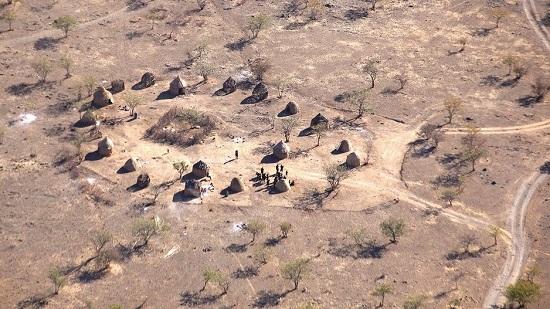
Photo: H Baumeler
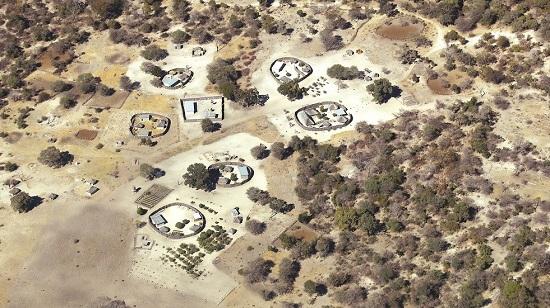
Photo: H Baumeler

Photo: J Mendelsohn
In Namibia, two forms of capital are distinctly within the informal domain of the economy: land and livestock. This is especially true in communal areas. Both land and livestock have to do with capital and its uses as savings, security, resilience, investments and venture. Much capital is thus secured in and around these houses in Kunene (first photo above), the Zambezi region (sercond photo above) and ||Kharas (third photo above). But the capital is hard to see and to measure, and its value often hard to comprehend. Here is land where family members have a home and to which they have customary rights, often in a broad but significant sense. Here, too, is the base of cattle, sheep, goats and poultry held as family capital. Much of this capital will never be traded. But when needs arise, it will be used as security, for resilience and to strengthen social alliances.
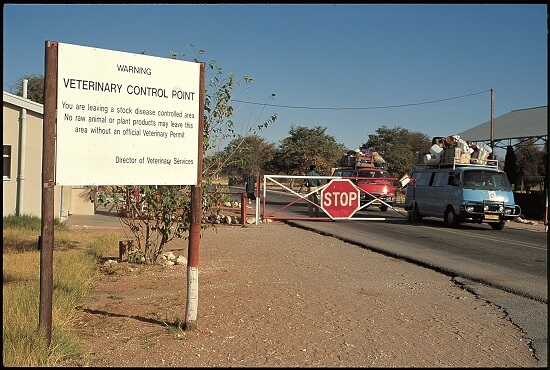
Photo: J Mendelsohn
Alliances between urban and rural family members facilitate the transfer of cumulatively enormous sums of remittances in cash and goods, often piled high on such mini-bus taxis. This has led to one of the most significant changes in Namibian society and its economy in recent decades. Whereas all, or most, family members traditionally resided in the same homestead or village they are now split between members in towns and those remaining in rural homes. This broadens the economic base of families substantially. People who remain in their traditional rural homes often have new benefits from remittances provided by their urban relatives, while connections to their rural homes may provide urbanites with some food and other resources, as well as rights to the capital values of land and livestock held by their nuclear and extended families.
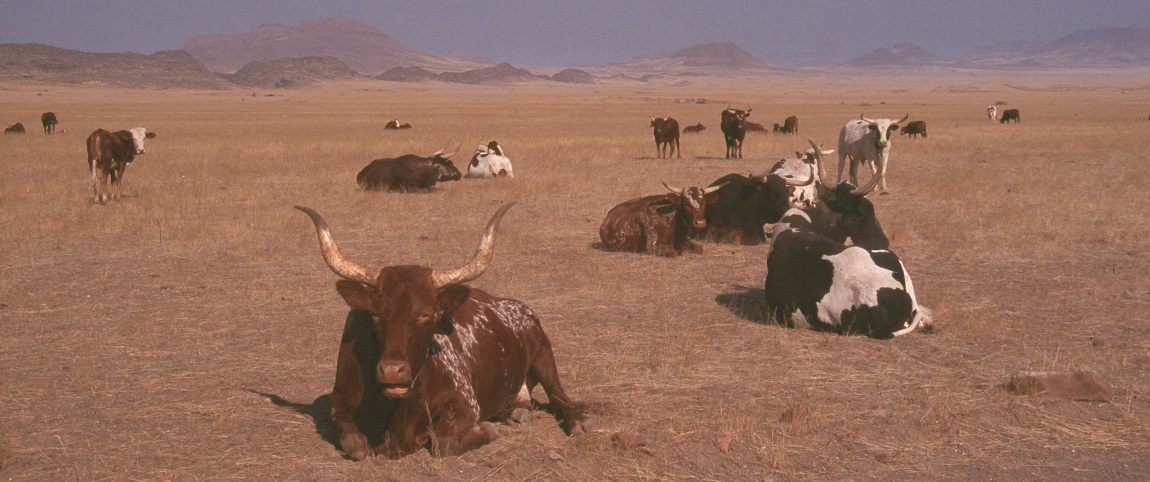
Photo: H Denker
It is widely believed that Namibian livestock are farmed for production, to supply an income for the farmer and food for the population. But this is not true for many, perhaps most, Namibian cattle and goats. These are animals in agropastoral communal areas, particularly central-northern Namibia, Kavango West and Kavango East. To a lesser degree the same applies to cattle and goats in pastoral areas of Kunene, Erongo, Otjozondjupa and Omaheke, on many resettlement farms and on farms owned by wealthy urban residents. There are some notable exceptions, for instance in the substantial marketing of goats in former Namaland and cattle in former Hereroland.
Animals that are neither sold nor slaughtered regularly do not provide their owners with steady revenue or income. They are not used for production. Instead, they are kept as capital (akin to savings, security or investments). This is true in much of Africa.11 Livestock ownership is thus divided into 'farming' and 'keeping'. 'Farming' generates income while 'keeping' increases capital. Divisions between the two may blur, for example, when market opportunities encourage 'keepers' to sell, or when 'farmers' gain other incomes that allow them to be 'keepers'.
Today, people living in towns own more livestock than those who live in communal homes. This has implications, both environmental and social. Many commonage areas are now overstocked, and the small herds belonging to resident families fortunate enough to have a few animals barely manage to compete for forage and water. These families lack substantial incomes, and their livestock 'savings' are thus vital in times of real need.
